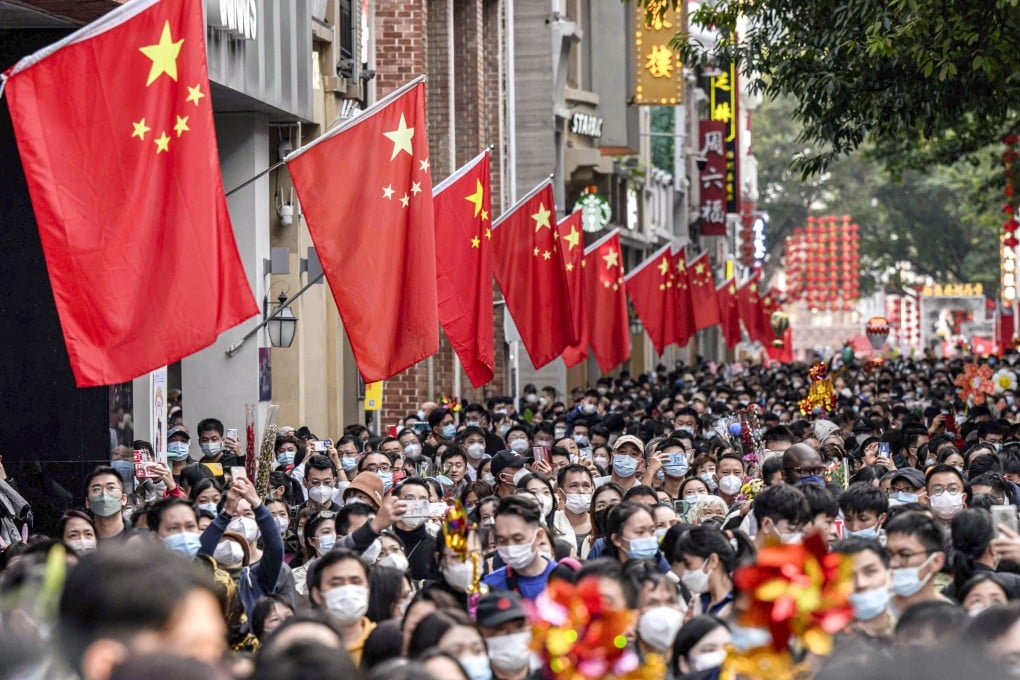South Korea’s travel industry is undergoing a shift—and it’s not just about changing tourist tastes. Chinese capital is quietly but aggressively tightening its hold on South Korea’s travel market, using a low-price strategy that’s disrupting local operators and reshaping inbound tourism.
This isn’t just another cross-border business move. It’s a calculated, long-term play that’s already changing how tours are sold, how visitors experience Korea, and who profits most.
The Strategy: Undercut, Overdeliver (on Volume)
The game plan is simple: Chinese firms invest in Korean travel agencies or create joint ventures. They target Chinese group tourists and offer rock-bottom package prices that domestic companies can’t match.
How? By owning or controlling multiple points of the travel chain—transportation, lodging, shopping, and even restaurants. With vertical integration, these Chinese-backed agencies earn profits from downstream spending, not from the upfront tour cost. Think low-margin tours subsidized by kickbacks from duty-free shops and partner businesses.
Who’s Losing?
Small and mid-sized Korean travel agencies are bearing the brunt. With thinner margins and fewer connections, they struggle to compete. Many have already exited the inbound market altogether. Meanwhile, local service providers—especially independent hotels and guides—see fewer bookings as tours funnel tourists into prearranged, owned facilities.
Even the tourist experience is changing. Group visitors are often shuttled through jam-packed schedules and shopping-heavy itineraries with limited cultural depth. For local tourism development, that’s a step backward.
Why South Korea?
South Korea is a sweet spot for this model. It’s geographically close, culturally resonant with Chinese travelers, and already popular thanks to K-pop and Korean dramas. In 2024, China ranked as the top source of tourists to Korea, accounting for over 30% of inbound travelers.
Chinese capital sees long-term value in owning the pipeline to that demand. By setting up shop in Korea, they reduce reliance on third parties, lock in cost savings, and maintain tighter control over the customer journey.
Government Response & Industry Outlook
The Korean government has taken note. Regulatory discussions have emerged around fair competition and tourism quality, but enforcement is patchy. For now, Chinese capital continues to expand its influence in the Korean travel market with little resistance.
Local players are calling for more transparent business practices, better protection for domestic firms, and incentives to develop high-quality, locally driven travel products.
Final Thoughts
The phrase “low-price strategy” may sound harmless, but it signals something deeper—a restructuring of South Korea’s travel industry led by foreign capital. With Chinese investors at the helm of many inbound services, the direction of Korea’s tourism future is increasingly shaped outside its borders.
As more money—and decisions—flow from across the Yellow Sea, South Korea’s travel market finds itself in a balancing act: growth versus control, volume versus value, profit versus authenticity.



